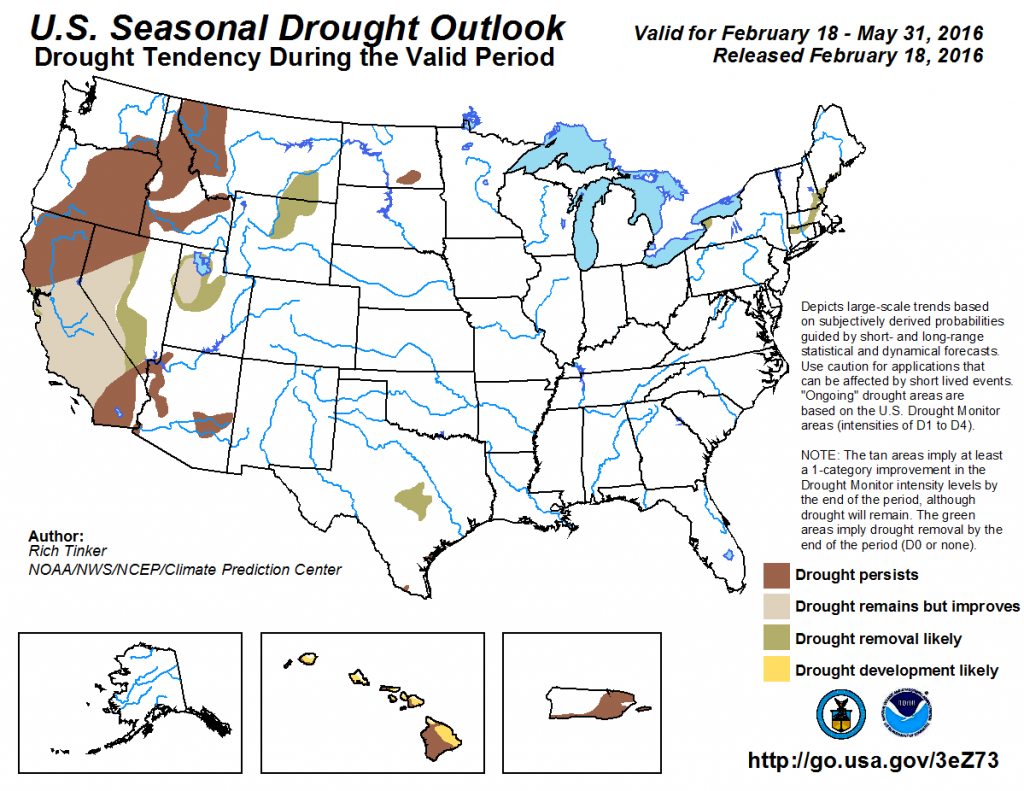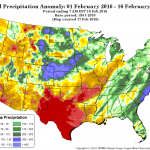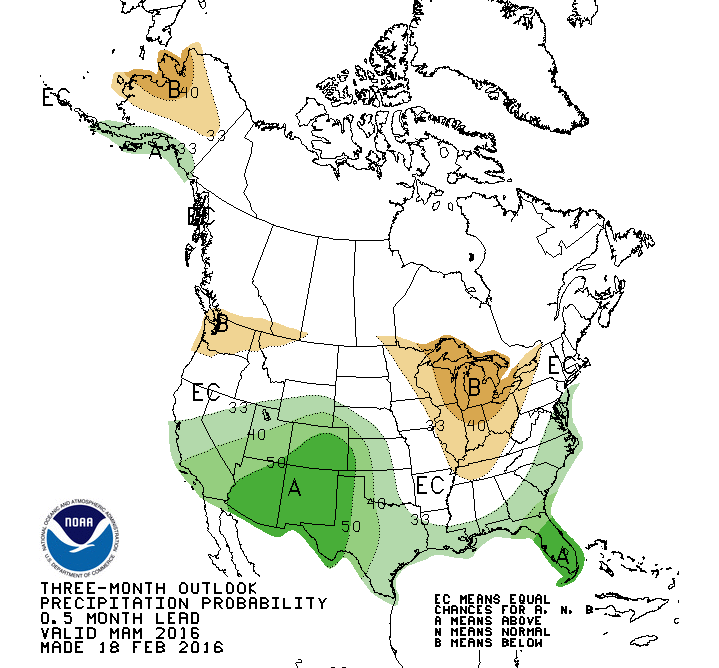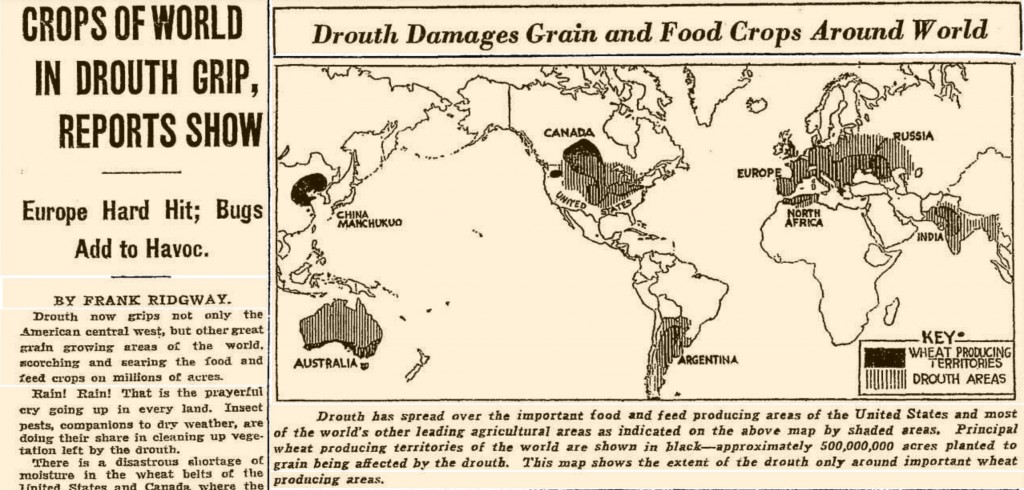I’ve recently become acquainted with interesting research by Texas A&M geographer Wendy Jepson, who has studied household water insecurity along the U.S.-Mexico border. There’s a tendency to look for a technological fix (“Look at this cool new filter we invented!”), but Jepson found this less than effective (“HWS” is “household water security”):
We evaluated the efficacy of a novel water engineering technology (point-of-use water purification system) designed to improve access to potable water. We used the HWS metric to argue that these devices exacerbate water insecurity in some cases because they increase risk of household water contamination and require more money, time, skill, and labor to adopt and maintain that other forms of water provision. These “mediating” devices not only mask the slow violence of chronic water insecurity behind technological hubris, they undermine colonias residents’ vision of themselves as political actors in water governance.
And I said “poverty” in the post’s headline, because that’s an obvious variable in this. The poor communities along the U.S.-Mexico border, (like East Porterville in California or the Navajo Nation here in New Mexico) are more likely to face water insecurity. But Jepson’s work points to an important nuance:
The HWS security metric also allowed us to run binary and ordered regression models to determine what demographic characteristics are likely to result in household water insecurity. Surprisingly, our study determined that immigration status of households not household income was the most significant predictor of water insecurity. (emphasis in original)




